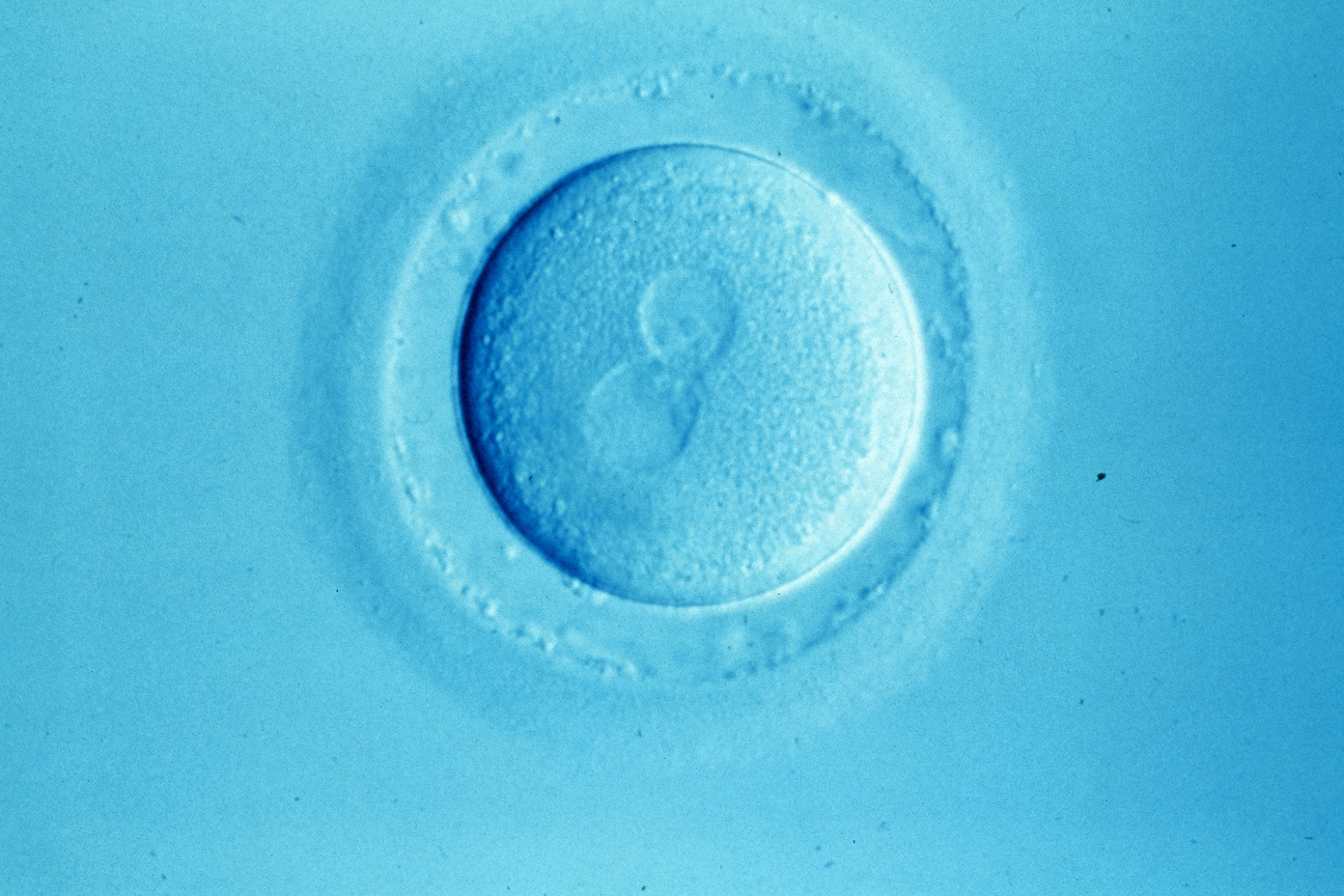A new way of analysing sperm could lead to improvements in male fertility testing, according to the scientists who developed the method.
The technique measures the speed and action of the sperm flagellum, or tail, and provides vital information about whether the sperm is capable of reaching and fertilising an egg. The team at the University of Birmingham published the research in Human Reproduction.
It is estimated that 100 million men worldwide are infertile. Current methods of sperm analysis include counting the number of sperm produced or tracking the movement of the head of the sperm although there is still limited understanding of what a healthy or 'successful' sperm looks like.
'The tools available to understand sperm – manual counting with a microscope – have not changed much since the 1950s,' said Professor Dave Smith, a mathematician who led the study in partnership with the university's Centre for Human Reproductive Science. 'However, think of the amount of technology – camera, computing, connectivity – that we all now have access to. This project is about harnessing these 21st Century technologies to address male fertility problems.'
Using a combination of digital imaging, mathematics and fluid dynamics the team have developed an imaging software called FAST or Flagellar Analysis and Sperm Tracking. This enables them to measure tiny forces produced by the tail of the sperm to understand the amount of energy required for the sperm to swim effectively.
The team hopes the new approach will enable clinical researchers to better understand how sperm motility relates to fertility, and develop new interventions to tackle male fertility problems.
Dr Jackson Kirkman-Brown who led the clinical strategy, said: 'Diagnostic techniques are crude and there are still no drugs available for treating male infertility.
'We know that sperm motility is a major factor and so being able to analyse the movement of the sperm in detail will ultimately help us to identify appropriate treatments or lifestyle changes to tackle male fertility problems, giving couples clearer answers and enabling better decisions.'
He concluded: 'Importantly, the better diagnoses this technique should enable will mean that patients can also be better assigned the correct treatment.'




Leave a Reply
You must be logged in to post a comment.